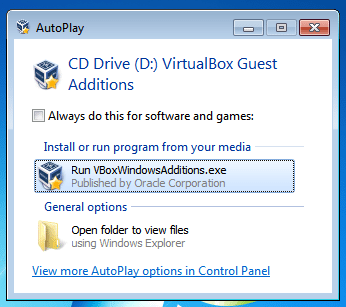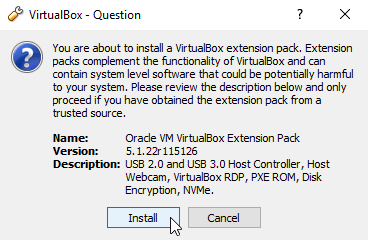

Most up-to-date server hardware should be 64-bit, and running a 64-bit OS to match, since a.) 64-bit systems can emulate both 32- and 64-bit OSes with the proper software, and b.) aren't hampered by the memory restrictions of a 32-bit environment. On my own system, which sports 2GB of RAM and runs the 32-bit edition of Vista, I can run a 1GB virtual machine without too many problems, although I typically allocate 512MB for a VM of a desktop OS. To that end, virtualizing Windows and Linux side-by-side works best when you have adequate resources, such as memory to run instances of both operating systems at the same time. It's hard to deny there's something almost magical about it all, but virtualization isn't magic, just a clever re-use of existing computing resources.

In the time since virtualization's inception and its growth from a mere lab - toy curiosity to a genuine productivity tool, it's been regarded as something of a wunderkind technology - it allows you to get two, or three or even more PCs for the price of one. With servers, virtualization is that much better a bit, and may seem like the natural choice - but in some cases dual-booting as an interim solution might be more appropriate. As it turns out, each approach is suited to pretty specific scenarios, and what may seem like a superior approach to you may not be after some closer examination. There are other possibilities, of course, and I'll look at them briefly later in this tip. In this tip, we'll explore which is the best and why.

The second involves using a virtual computing solution to run one operating system instance inside another, in effect allowing both to be run at the same time.ĭual-booting and virtualization are, in my opinion, the two main approaches to Linux-Windows interoperability.

The first one involves installing each operating system on a separate volume (either a different physical disk or different partitions of the same disc), and using some mechanism for choosing which one to boot each time the computer's powered on. There are typically two ways to get Windows and Linux to co-exist on the same box: dual-booting and virtualization. Using common Linux mail clients with an Exchange Server Introduction to coLinux: Linux on Windows, Literally


 0 kommentar(er)
0 kommentar(er)
